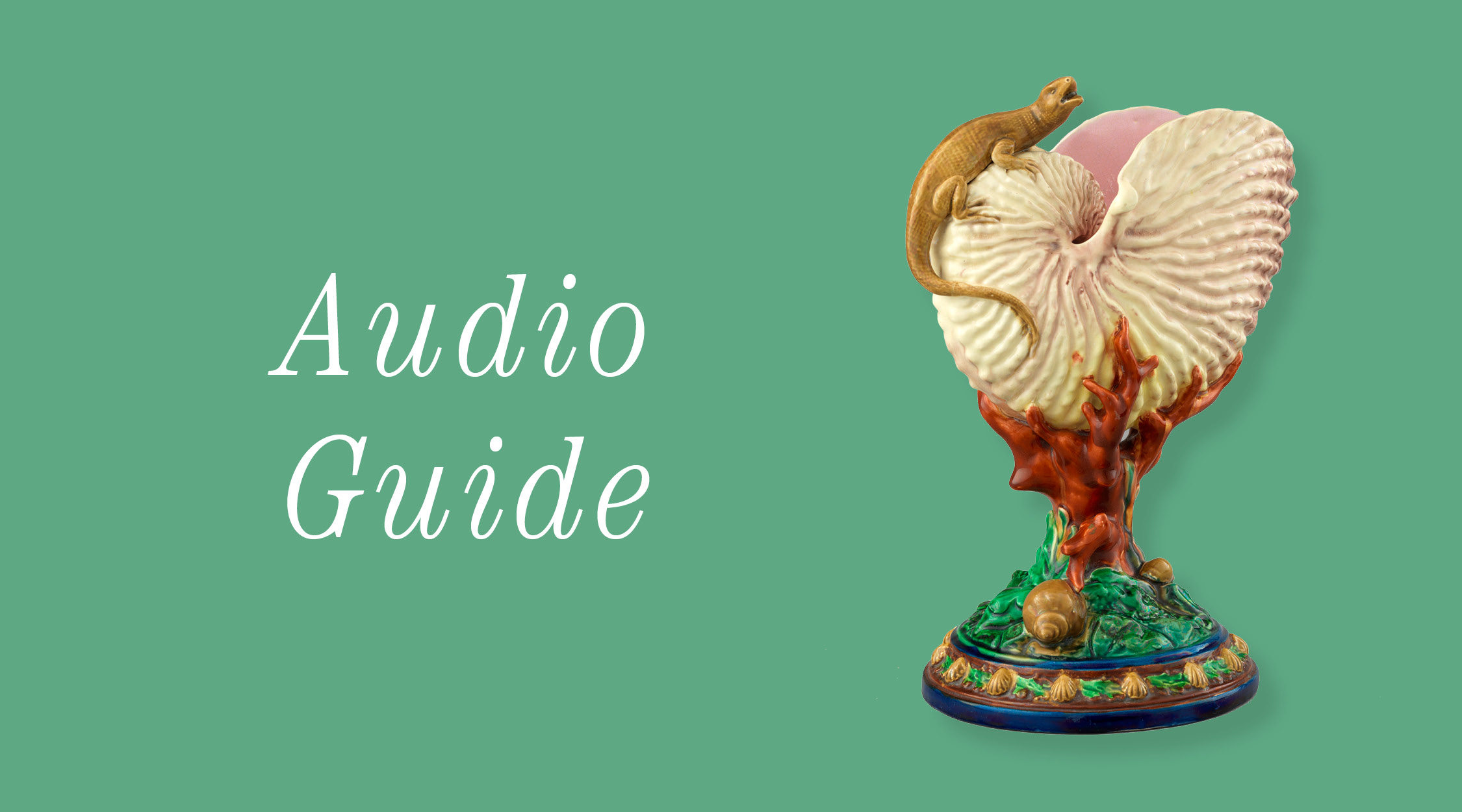
“Pure in taste and elegant in form…”
“Pure in taste and elegant in form…”
Majolica Mania: Transatlantic Pottery in England and the United States, 1850–1915 traces the development and dissemination of one of the nineteenth century’s most significant and successful ceramic innovations. Introduced by Minton & Co. at the Great Exhibition of 1851 in London, majolica quickly became a commercial sensation, celebrated for its three-dimensional ornament and vibrant polychrome lead-based glazes. Made of earthenware, a porous, low-fired ceramic body that could be molded and mass-produced in myriad shapes and styles, it unleashed endless possibilities for designers and manufacturers. From the 1850s through the turn of the twentieth century, dozens of English and American potteries made majolica. Their enormous output ranged from large, magnificent pieces for international exhibition displays to tableware and other smaller household objects that appealed to fashionable Victorians on both sides of the Atlantic.
This online companion to Majolica Mania explores the major themes of the exhibition, situating majolica in the dynamic economic, social, and cultural contexts of the second half of the nineteenth century. Interactive experiences throughout offer unique views of featured objects on display.









